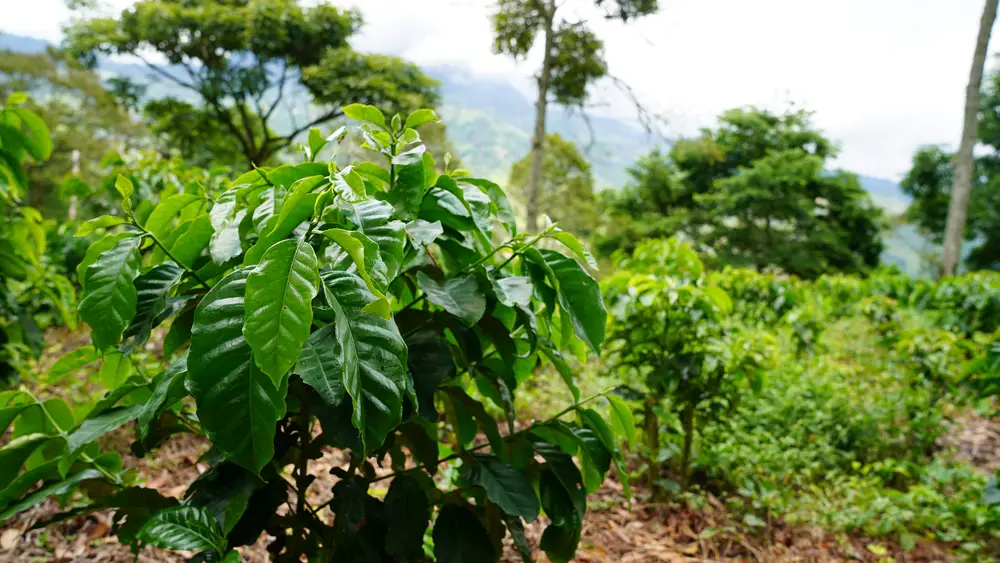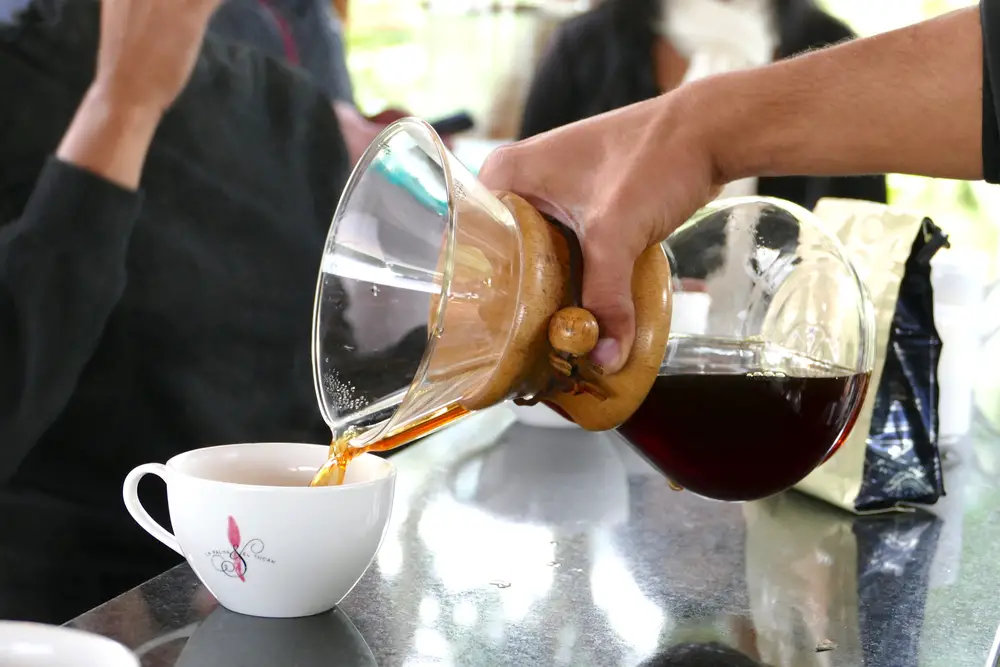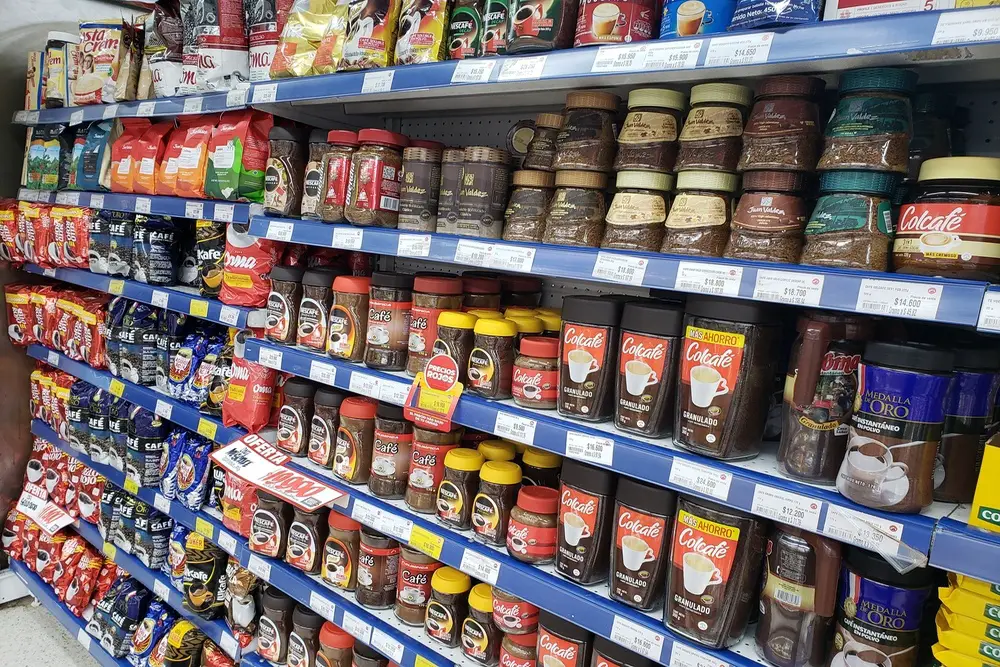Coffee consumers usually cannot imagine how difficult it can be to grow coffee. The one-handed system for pruning the coffee plants is just one of the countless techniques that can affect the quality of the end product.
Table of Contents
What is a single stem system?
The system of individual stems, or also called plant tissue, is all that is related to the roots and branches of the coffee plant, with coffee farmers pruning or cutting off the smallest branches.
What is the single-stem system used for in coffee plants?
Essentially, this is so that there is no “competition” for uptake of nutrients, so the “single stalk” or main stalk or largest stalk is responsible for taking up and distributing all the nutrients to the rest of the plant.
In this way, the branch or trunk on which most of the fruit is located can supply it with nutrients.
Piece system doesn’t just mean one- piece
The technique is so called because the strongest and largest branches remain after pruning. When pruning, the weak or short branches are also removed and cut off.
Benefits of a single stalk in coffee cultivation
Coffee farmers have long come up with new ideas to ensure the best possible quality of their harvests. The benefits of this type of process are precisely that the potential of the tree is maximized and nutrient competition is minimized.
The fruits of the coffee trees contain a large amount of nutrients that give the coffee trees a special aroma.
How to use a single handle system
To make a single stem system, the following steps must be followed:
- First, remove the foliage from the plant.
- Cut the main trunk at a height of 0.20-0.30 m. The cut should be made at an angle.
- Clean the stems of moss and disinfect the cut surfaces. At the same time, check the plant for pests.
When should you prune a coffee plant?
It is recommended to cut back the coffee plant once a year. The best time is at the end of the post-production season.
In this way, the new production starts absorbing the necessary nutrients.
Frequency for pruning a coffee tree
Ideally, a coffee tree should be cut once a year, i.e. at the end of the harvest.
Of course, a coffee tree can survive for years, even its entire production phase, without pruning and still deliver coffee fruits. But then you will not use the full potential of the plant.
Pruning support
Nutrients and fertilizers should be applied before pruning, i.e. just before production ends. Not recommended until a few days after cutting and pruning the coffee tree. This is to avoid the chemicals being picked up by the new production so that they only serve their purpose as fertilizer but do not affect the harvest or the quality of the coffee tree.
Fertilization is also required during harvest. It is therefore necessary to determine the places where fertilizer is to be applied so that the trunk only absorbs nutrients.



